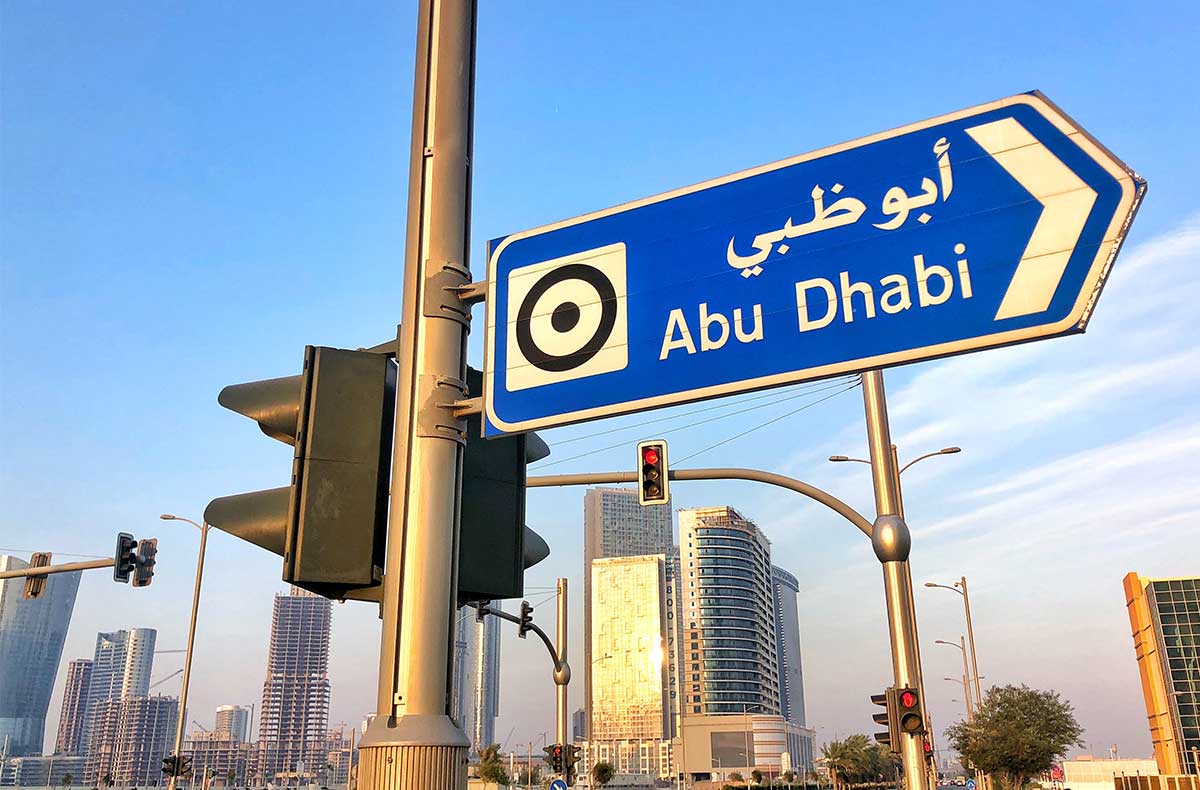English is the official language of 55+ countries around the globe, but if you ask a random person to name the first one off the top of their head, there is a good chance they’d give you the wrong answer. England? No. The US? Australia? No and no. English is of course widely spoken in those countries and is their de facto language, but those three countries actually have no official language. They are outliers, however, as most countries do have an official language, and many in fact have two or more official languages. Bolivia, for example, has 37. This can obviously cause a bit of confusion when it comes time to record official documents, but in the sake of democracy and representation, many countries do their best to honor the multiple official languages and their speakers, and they do so largely through bilingual documents.
What Countries Have Multiple Official Languages?
More than 50 countries, primarily in Europe and Africa, have multiple official languages, meaning that at least two distinct languages have been formally and legally designated by the state, usually in the constitution or some official decree. Some of these countries, like South Africa, include both indigenous (or endoglossic) and colonial languages, while others, like Belgium, include multiple regional languages.
Maintaining multiple official languages is done not only out of respect for the populations that speak that language, but because having only one could be socially/politically divisive. This means that governments and bureaucratic bodies must do their official work in both (or more) official languages, including all legislation, official correspondence and documentation. This even includes court proceedings, and this means a LOT of translation and interpreting. And this is where bilingual documents play their part.
What are Bilingual Documents?
These are, for all legal intents and purposes, equivalent documents that provide the exact same information, but are in different languages. They are equally valid and official in said country, the only difference being their language. For example, the government of Morocco issues all of its formal documents in both Arabic and French. They hold the same weight and are intended to serve the needs of different citizens within the country.
The European Union itself is one of the largest purveyors of multilingual documents. The EU has 24 official languages, none greater than the other, and all legislation and significant documents must be translated into each and every one of these languages by a team of more than 600 translators.
What Is Required for a Bilingual Document?
A true bilingual document must have the exact same information, 100% of it. This seems self-evident, but some European university students have been denied program entry in another country because they had only obtained a translation of the front of their diplomas and not the back. Any and all official seals, stamps, etc. must be translated, and signatures must be accounted for and recognized in the translated version.
Speaking of universities, in some European countries such as Italy, major universities will issue their records and diplomas in the local language plus English or French. Providing students with these bilingual documents will make it easier for them to apply to graduate schools or to find jobs in other countries. This serves the students well because even if their destination country does not officially recognize English or French, it will typically still be easier to obtain an accurate and valid translation from the French or English document.
The need for translations never stops, and that includes within individual countries themselves. Language services for the global business and education worlds are required more than ever, and this international mobility is often provided via bilingual documents.


